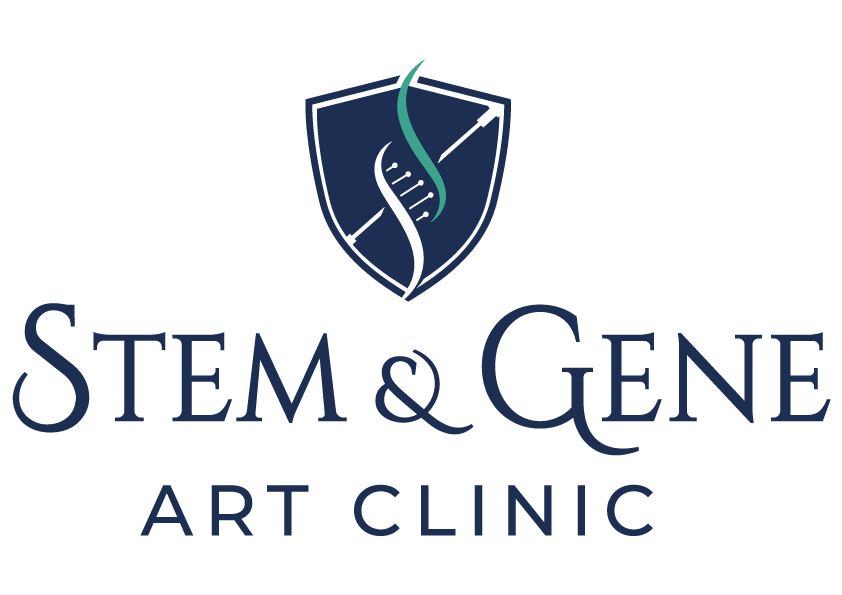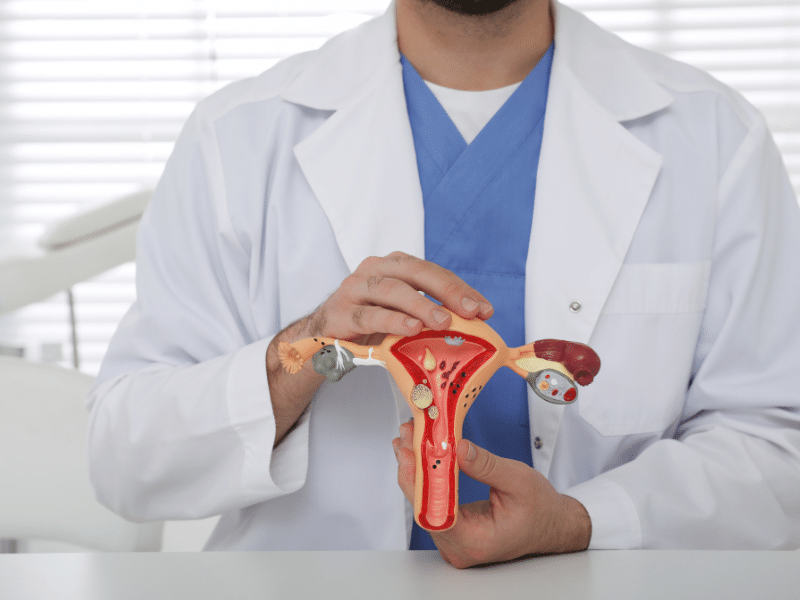Assisted reproductive treatments stand as crucial interventions to facilitate healthy pregnancies. Conditions like diminished ovarian reserve, PCOS syndromes, repeated IVF failures without blastocyst development, or infertility caused by mitochondrial mutations require innovative solutions. Particularly for those confronting advanced maternal age coupled with reduced ovarian reserve, concerns arise regarding declining egg and mitochondrial quality.
Mitochondria, serving as energy providers for oocytes, play a pivotal role in embryo development, and compromised energy levels can impede proper development. Furthermore, families undergoing genetic testing or grappling with mitochondrial mutations may seek alternatives to egg donation to preserve their DNA for future generations. Enter mitochondrial transfer, a groundbreaking alternative offering a pathway to achieve healthy pregnancies.
Mitochondria, essential organelles found in most cells, harbor their own DNA responsible for cellular energy production. As individuals age, mitochondria undergo dysfunction, directly affecting embryonic development. Mitochondrial transfer involves transferring genetic material from an oocyte or zygote containing older mitochondria to a younger one with more active mitochondria, thereby restoring normal embryonic development.
This highly specialized medical technology requires expertise and specific equipment. Mitochondrial transfer provides hope for families affected by genetic diseases caused by mitochondrial mutations and individuals facing advanced maternal age with poor egg quality and blastocyst outcomes.
Mitochondrial Diseases and Mutations
Preimplantation Genetic Diagnosis (PGD) has been instrumental in assessing the risk of mitochondrial mutations in developing fetuses. While PGD provides insights into nuclear DNA-related diseases, it has limitations in predicting risks associated with mitochondrial DNA (mtDNA) due to a lack of techniques for estimating mtDNA heteroplasmy. Mitochondrial transfer techniques have demonstrated success in ensuring healthy live births in generations where mtDNA mutations are detected.
Aging Oocyte
Mitochondria play a critical role in the aging process, contributing to metabolic decline and increased reactive oxygen species. Elevated levels of reactive oxygen species result in reduced mitochondrial energy availability. As women age, mitochondrial activity decreases, impacting oocyte morphology and metabolism. Mitochondrial transfer using younger mitochondria has shown significant improvements in blastocyst development, addressing issues of aneuploidy and low mitochondrial activity associated with older oocytes.
Advanced Maternal Age and Mitochondria
Changing lifestyles and delayed childbearing due to career priorities have led to challenges in achieving pregnancy at an advanced reproductive age. Mitochondria, crucial for oocyte quality, play a pivotal role in embryonic development. Utilizing young mitochondria has been observed to increase blastocyst rates in embryos obtained from older patients. This approach has proven successful in oocyte donation, with higher rates of pregnancy success and euploid embryos in young donors.
Mitochondrial Donation
Mitochondrial donation involves using oocytes from fertility-proven donors with healthy mitochondria, offering a solution for mitochondrial mutations. This approach eliminates risks associated with late diagnosis and advanced maternal age, ensuring the formation of high-quality embryos. Although mitochondrial transfer may not correct chromosomal defects, it presents a promising alternative to oocyte donation in elderly patients.
Meiotic Spindle Transfer
Meiotic spindle transfer involves transferring the meiotic spindle, a crucial structure during embryonic development, from the oocytes of older women to young donor oocytes. This procedure aims to enhance morphokinetic development, increase mitochondrial energy, and reduce aneuploidy rates.
Pronuclear Transfer
Pronuclear transfer serves as an alternative to spindle transfer, especially when oocyte quality is poor, and meiotic spindle structure cannot be observed. This technique, suitable for patients with advanced maternal age, allows for working with frozen zygotes and early pronucleus detection, ensuring successful micromanipulation.
In conclusion, mitochondrial transfer emerges as an innovative and promising solution for individuals facing challenges related to mitochondrial mutations, advanced maternal age, and poor oocyte quality. As technology advances, these techniques offer hope for healthy pregnancies and the preservation of genetic material for future generations.


